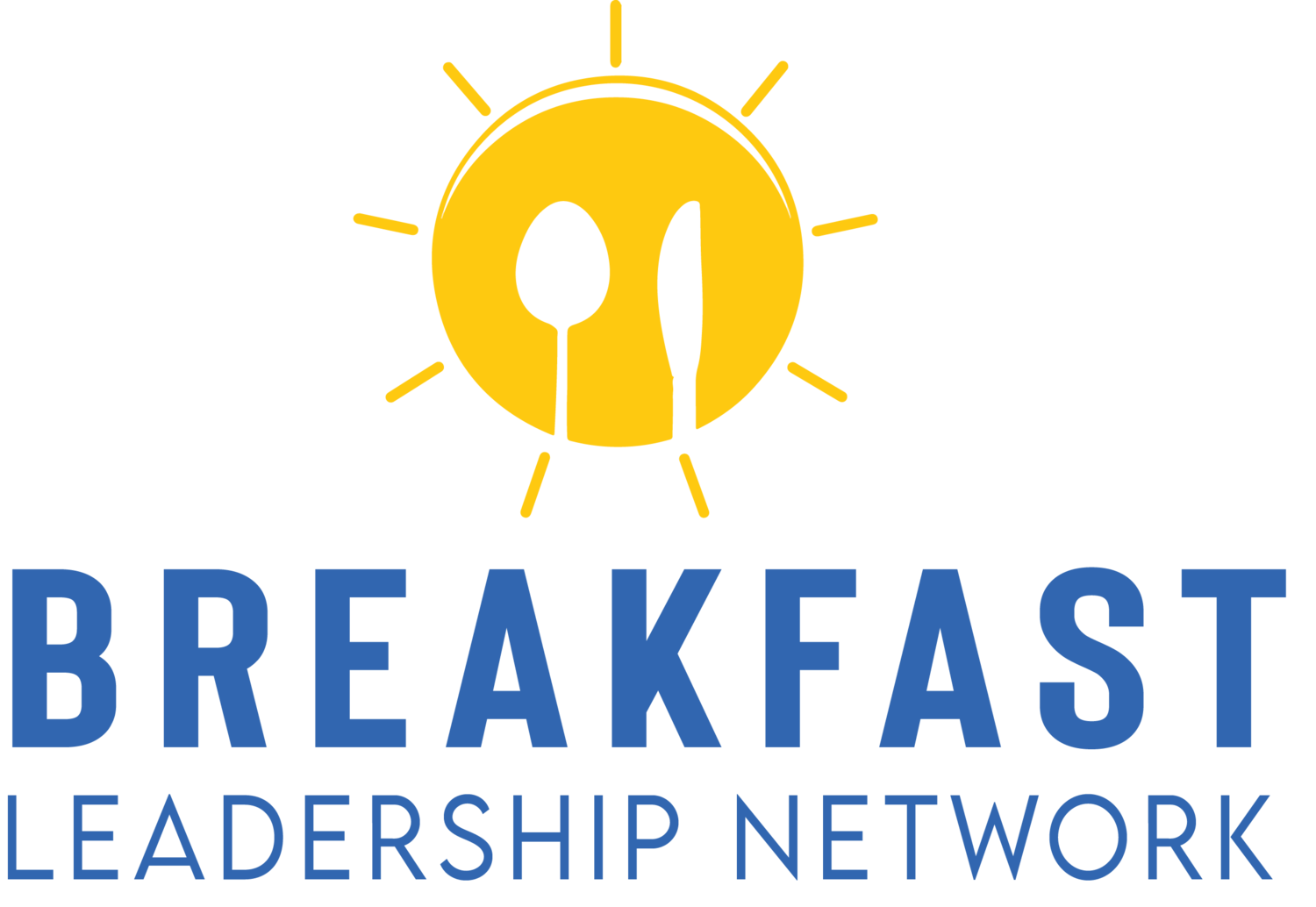AI in the Workplace 2025: Revolutionizing Work or Replacing Workers?
I’ve seen my fair share of game-changers, but nothing like artificial intelligence (AI) is shaking things up. The recently released 2025 AI Workplace Impact Report from Beautiful.ai dropped some profound insights on how AI is reshaping our work. Spoiler alert: it mixes mind-blowing opportunities and some legit concerns. Let’s dive into the nitty-gritty, sprinkle in some leadership wisdom, and figure out what this means for you, your team, and the future of work.
AI Adoption: The Numbers Don’t Lie
According to the report, 66% of managers are leaning into AI to boost productivity and efficiency. That’s no small potatoes—two-thirds of leaders are betting on AI to streamline workflows without jacking up costs. Whether it’s automating repetitive tasks or cranking out professional-grade presentations in a snap (thanks, Beautiful.ai), AI is becoming the coworker you didn’t know you needed. But here’s the kicker: 12% of managers admitted they’re eyeing AI to downsize and cut salary costs. Ouch. And 41% hope to replace employees with cheaper AI tools this year. That’s a reality check for anyone thinking AI is a shiny new toy.
This split in intent—productivity versus cost-cutting—highlights a tension I’ve been discussing for years on my blog. Leaders need to balance tech adoption with human-centered leadership. In my post on employee engagement strategies, I emphasize that people are your greatest asset. AI can amplify their potential, but using it to slash jobs without a clear plan risks tanking morale and innovation.
The Productivity Paradox
Here’s where it gets juicy: 64% of managers surveyed said AI’s output matches or surpasses experienced human managers' work. Let that sink in. Tools like Beautiful.ai are churning out polished decks faster than a seasoned pro, freeing time for strategic thinking. The report notes that AI is a collaborative partner, helping employees brainstorm and create more content in less time. This aligns with what I’ve seen in high-performing teams—tech that empowers rather than replaces can supercharge results.
But there’s a flip side. Half of the managers surveyed are worried AI could lead to lower pay for management roles. If AI can mimic expert-level work, why shell out big bucks for a human? This fear isn’t baseless, but it’s a call to action. As I wrote in my piece on adapting to workplace trends, leaders need to upskill and lean into uniquely human skills—empathy, creativity, and strategic vision—that AI can’t touch. The report suggests AI should be a partner, not a threat, and I couldn’t agree more.
The Downsizing Dilemma
Now, let’s talk about the elephant in the room: job cuts. The report found that 48% of managers believe their businesses would save money by replacing employees with AI, and 40% think their teams could operate just fine without some human roles. This isn’t new—automation has always sparked fears of job loss. But what’s different now is the scale. AI isn’t just taking over manual tasks; it’s creeping into cognitive roles like analysis and content creation.
This trend hits close to home for me. I’ve seen how layoffs can gut trust and productivity in my work with organizations. My article on managing organizational change stresses the importance of transparent communication during tech transitions. If you’re a leader planning to integrate AI, don’t just focus on the bottom line. Talk to your team about how AI will enhance their work, not eliminate it. The report shows that professionals are warming up to AI as collaborators, so they should lean into that mindset.
What’s Next for Leaders?
So, where do we go from here? The 2025 AI Workplace Impact Report clarifies that AI adoption isn’t optional. It’s a question of when, not if. For leaders, this means getting strategic about implementation. Here are a few tips, straight from my playbook:
Invest in Training: The report highlights that AI tools require skilled users to shine. Upskill your team to work alongside AI, not compete with it. Check out my post on building a learning culture for practical steps.
Prioritize Ethics: AI can amplify biases or erode trust if mishandled. The report doesn’t dive deep into ethics, but a glaring gap exists. Leaders must ensure AI tools are fair and transparent. My article on ethical leadership has some solid starting points.
Focus on Human Strengths: AI can crunch data and churn out slides, but it can’t inspire a team or build relationships. Double down on emotional intelligence and creative problem-solving skills, I explore in my piece on practical leadership skills.
Communicate, Communicate, Communicate: The report shows mixed feelings about AI’s impact—nip fear in the bud by being upfront about how AI fits into your vision. My guide to improving workplace communication can help.
The Big Picture
The Beautiful.ai report paints a picture of a workplace at a crossroads. AI is a powerhouse for productivity and a lightning rod for anxiety about jobs and pay. As leaders, our job is to steer this ship toward a future where AI amplifies human potential, not diminishes it. The data shows that 66% of managers see AI as a tool for enhancement, and that’s the mindset we need to champion.
At the Breakfast Leadership Network, I’m about helping leaders navigate change with clarity and heart. AI is the latest chapter in that story, and it’s one we can’t ignore. Whether you’re a manager eyeing AI to streamline operations or an employee wondering what’s next, the key is to stay curious, adaptable, and human. As the report suggests, AI is here to collaborate, not conquer. Let’s make it work for us.
What’s your take on AI in the workplace? Drop me a line or check out more insights on BreakfastLeadership.com.


